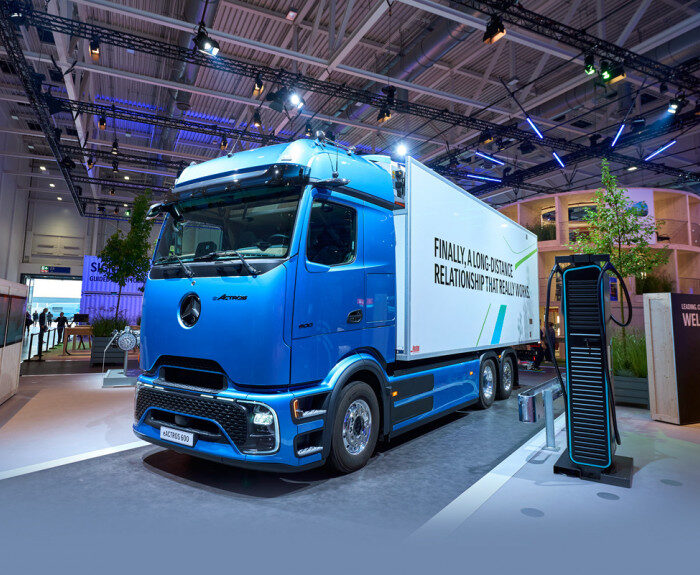The car, which in translation means “folk”, “people’s car” – today is a very popular brand. And it all began in far 1933. Let’s try to figure out how the famous Volkswagen was established, and why the same name concern produces not only these cars.
Concern Volkswagen: the beginning
The idea of people’s car was dominant even in the Weimar Republic. Absolutely different views were expressed, there were many doubts whether Germany needed a new car in principle. One categorical idea was raised: is it worthwhile to invent some kind of “motorcar”, if there are already motorcycles, which are the most democratic vehicle. The First World War and then political disruptions prevented the embodiment of this idea; later the crisis came, but the dream continued to exist. In 1930, at one of the automobile exhibitions in Berlin, the national car prototype was offered as a kind of attraction.
In 1933, Nazis came to power in Germany, and Hitler became chancellor. In the autumn of the same year, Hitler, Jacob Werlin, representative of Daimler-Benz Corporation, and Ferdinand Porsche met in one of the rooms of the Kaiserhof Hotel in Berlin. Hitler made the demand: to create for the German people a strong and reliable car worth no more than 1,000 Reichsmarks. The car had to be assembled on the new factory, personifying the new Germany. He draw up a sketch on a sheet of paper, outlined the main points of the program and asked to name the designer who will be responsible for the execution of the government order. Jacob Werlin proposed the candidacy of Ferdinand Porsche. The latter began to translate the dream of a people’s car into reality.
The first Volkswagen models
The very first variation of the German people’s car was nicknamed “beetle” because of its unusual form. Already on January 17, 1934, Ferdinand Porsche sent to the Reich Chancellery of Germany the Beetle’s drawings as the Volkswagen prototype. The Beetle was created on the basis of the Porsche Typ 60 developed earlier, and six months later, in June, a contract was signed between the RDA, or the “German Automobile Association”, and “Dr. Ing. h.c. F. Porsche GmbH ” – the company of Ferdinand Porsche, for the developing of three Volkswagen prototypes. At the same time, only 10 months and 200 thousand Reichsmarks were devoted for all the activity of the designers. The car should have five seats, cost no more than 1550 Reichsmarks, accelerate to 100 km/h and have a fuel consumption of 8 liters per 100 km. The capacity of the first prototype was 26 horsepower.

The next two years of designers and constructors’ hard work led to the appearance of a two-door first version of Volkswagen (or the V1), a cabriolet (the V2) and a car with four doors (the V3). After that, testing began. Almost 50 thousand kilometers, which were passed by prototypes of people’s car, did not cause any significant comments, since they did not reveal any weaknesses. The Daimler-Benz factory received an order for the next 30 prototypes.
In 1936, in the Neckar River, in Ulm, in the south-west of Germany, the first factory was built, and several more automobile factories were subsequently put in production. So, on May 26, 1938, the first stone was laid at the construction of the Volkswagen factory near the town of Fallersleben. In the same year, construction of a small town for living of the Volkswagen factory’s workers in Wolfsburg began.
After the end of the Second World War, the enterprise fell under the control of the British, in whose zone of occupation Wolfsburg located. In the autumn of 1945, the British authorities transferred the order for 20,000 cars to the factory. But only in almost ten years the mass production of the car in its original modification began.
In 1947, Volkswagen was exhibited at an export fair in Hanover and attracted much attention. The factory received the first foreign order for a thousand cars from Holland, and, in 1948, orders were received from Switzerland, Belgium, Sweden and other countries.
In January 1948, the leadership of Volkswagen changed, Henrich Nordhoff, the representative of a new generation of German technocrats, became its general director. The updated leadership consisted of graduated engineers who had international experience in car factories and were able to think outside the box. Modernization and improvement of the car became faster.
The flourishing of the Volkswagen concern’s automobile production
The domestic market in Germany needed cars. The demand for them became more severe, the faster the German economy revived. Therefore, on June 30, 1949, the company “Volkswagen-Finanzierungs-Gesellschaft GmbH” was formed. Its main aim was to increase cars’ sales to German people. There were two new Volkswagen models – a limousine and a cabriolet. Cars’ cabins became more comfortable, and the engine was partially synchronized. The network of vehicle servicing points was gradually expanded – the car service intensively developed. Not only domestic, but also export sales of Volkswagen, increased. In 1948, German citizens bought almost 15 thousand cars, while foreigners – 50 thousand. A few months later, in September 1949, the Volkswagen factory was completely transferred to the Federal Republic of Germany (FRG). This event marked the beginning of a powerful push in the development of Volkswagen cars production. The Volkswagen Beetle became the best-selling car in 1972.
By 1950, 100 thousand cars were produced, by 1951 – half a million cars. In 1955, there was a solemn ceremony to mark the release of the millionth VW 2. That time, the motto in life of the Germans was the popular phrase associated with Volkswagen, “It is a member of my family”.
In 1965, Volkswagen AG acquired the company Audi from the concern Daimler-Benz, creating the concern Volkswagen-Audi Group, known under the abbreviation VAG. Later, it included the Spanish company SEAT and the Czech factory Skoda. Now, Audi AG is a subsidiary of Volkswagen AG, which is given complete independence.
The ancestor of the VW cars new generation is the front-drive VW Passat, released in 1973. It was offered in numerous variants with engines, that working volume was from 1297 to 1588 ccs.
1974 was marked by the appearance of the sports VW Scirocco with a three-door coupe and engines from 1093 to 1588 ccs, as well as the compact three- and five-door VW Golf hatchback. The model differed not only in its compact size, but also with a good combination of comfort, dynamism and lightness, that allowed it to become the new sales leader in the German car market. For the first 30 months of production, 1 million VW Golf cars came off the assembly line, turning Volkswagen AG into one of the largest car manufacturers in Europe.
Also in 1974, a factory in Wolfsburg stopped the production of the Volkswagen Beetle, but it was continued by Volkswagen factories in Brazil and Mexico.
The VW Golf I, which appeared in 1974, was the most successful model. Modern, economical, reliable, it is this model that could stir up the international market.
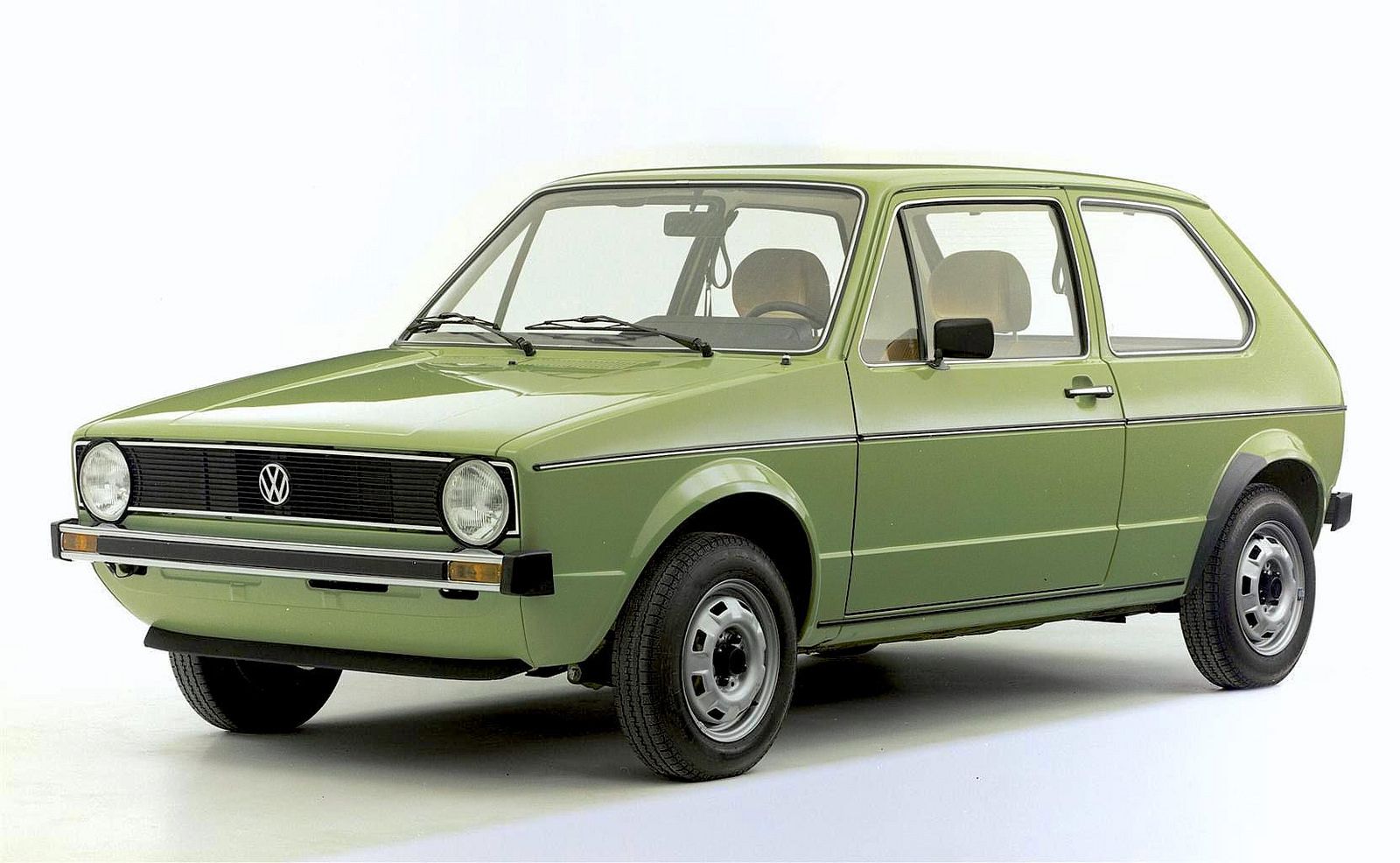
In 1975, on the wave of the Golf’s success, its simplified modification, the Volkswagen Polo, was presented as well. Under its hood was a powerplant with a capacity of 40 horsepower. In addition, in 1976, the Volkswagen Polo sedan was developed on the basis of the Audi 50.
In 1979, the VW Golf cabriolet appeared, always being in high demand.
In 1983, the renewal of the Volkswagen Group began, the new generation of the sports Volkswagen Scirocco was introduced to the motorists. Under its hood there were engines with a capacity from 120 to 200 horsepower. The VW Golf II saw the light. Eight years later, in 1991, the VW Golf III debuted, which, like previous models, supported the high reputation of the VW Golf. For twenty-three years since the start of production, 17 million VW Golf cars of three generations have been produced. In 1995-1996, the VW Golf III was the leader in the number of sales in Europe. In 1997, there was the debut of the new VW Golf IV.
In 1988, the Volkswagen Corrado was introduced, which took the place of the Scirocco among the company’s current vehicles, and the Scirocco itself was removed from production. The successful financial performance and consistently high sales of Volkswagen vehicles allowed the leadership to rethink of the acquisition of a new unit that would help the German brand to occupy new niches in the car market. The famous brand “Porsche” came under the control of the concern “Volkswagen” (until 2007).

The turning point in the history of the German concern Volkswagen was 1998, when three brands of premium cars – Bentley, Lamborghini and Bugatti – got under the control of one of the world’s largest automakers. A year later, Lamborghini, which received a serious technical base for the production of new sports cars, came under the control of Audi, which became an independent division of Volkswagen. In the new hierarchy of the German concern, the brand “Bentley” was given the share of one of the largest players in the luxury car market, thanks to the fact that in addition to all the property of the British brand Volkswagen also controlled Rolls-Royce production facilities. The production of a number of cars began, that, in all modesty, began to be called cars for millionaires.
At the same time, the most difficult task was set for the French brand “Bugatti”, whose engineers were instructed in 2000 to create the most powerful and fastest car in history, using all the latest developments of the firm “Audi”. Five years later, a chapter called the Bugatti Veyron was triumphantly inscribed in the history of the German concern, and the car with a powerplant of one thousand horsepower became the first hypercar ever, setting a number of speed records.
Since 2002, the Volkswagen Touareg has been produced. Currently, the car is produced at the Volkswagen factory in Bratislava. The Touareg became the second SUV in the brand history after the Volkswagen 181 “Kurierwagen”. Racing prototypes of the Volkswagen Touareg won the first places in the Paris-Dakar races in 2009-2011, displacing more experienced competitors from the leading positions.
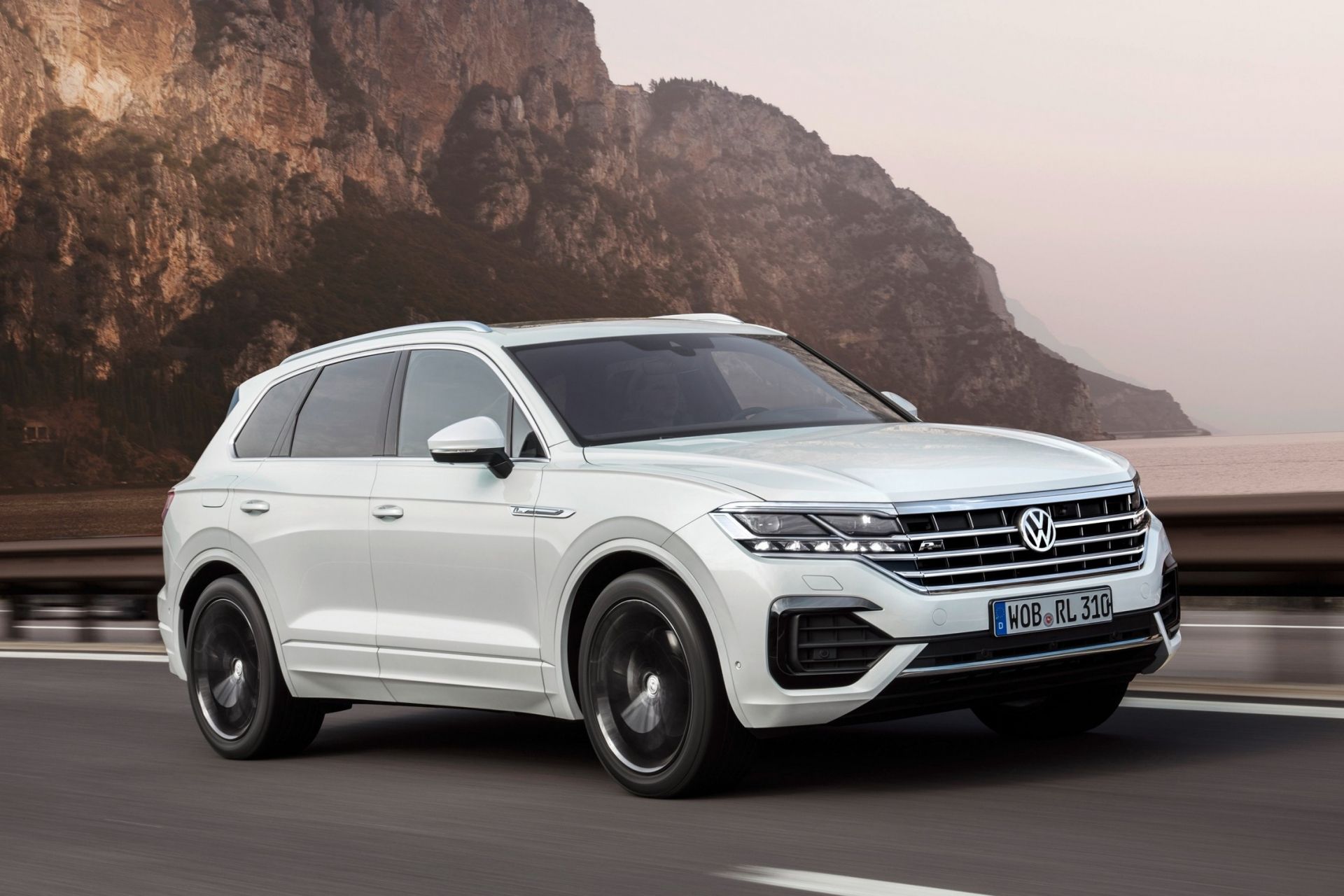
Since 2006, the company started production of the VW EOS coupe-cabriolet, and in 2007 the VW Tiguan crossover appeared in three configurations: Trend & Fun, Sport & Style, Truck & Field. Also in 2007 the VW Touareg and the VW Golf Variant of new generations appeared. Two more models have been updated: the GolfPlus and the Touran that are now called the VW CrossGolf and the VW CrossTouran respectively.
By 2012, all cars of the Volkswagen concern have been modernized, and the total number of sales markets has reached 150. In addition, the company is actively investing in developing its business in China, the world’s third largest car market.
In 2013, the Volkswagen e-Golf – an electric version of the “C” class hatchback, was presented. This is the most eco-friendly version in the history of the Golf. The car is equipped with climate control with the possibility of heating and cooling in a parking lot, a multimedia system with navigation, heated windshield and LED headlight. The Volkswagen Golf GTE is a front-drive “C” class hatchback with a hybrid powerplant.

The world premiere of the model took place at the Geneva Motor Show in March 2014. The Volkswagen Golf GTE is driven by a powerplant consisting of a 150-horsepower turbocharged gasoline engine with a working capacity of 1.4 liters and an electric motor with a capacity of 102 horsepower.
In 2015, a restyling version of the Volkswagen Jetta Hybrid was released. This is a “C” class sedan with a hybrid powerplant. The hybrid component left a certain imprint on the characteristics and design of the Jett. The electromotor and accumulators have significantly increased the car’s mass, so it was extremely important to optimize the aerodynamics of the sedan.
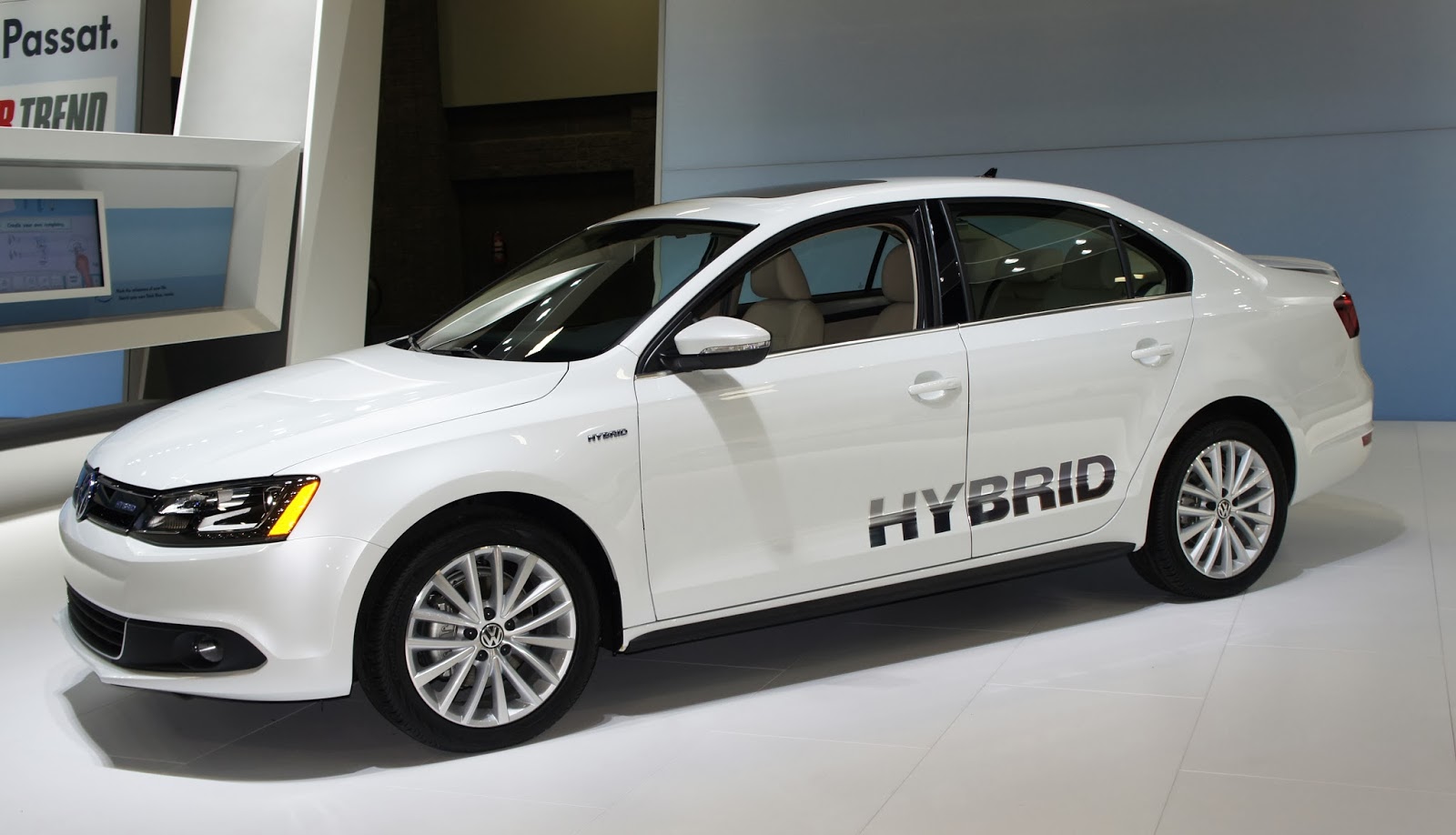
Brilliant present success and excellent future prospects
At present, the Volkswagen Group has become the world’s largest car dealer, pushing the Toyota, which was leader in recent years, to the second place. The financial position of the Volkswagen Group is favorable. Now the German company sells 10 million cars, and profitability before taxes is 8%. It is planned to invest almost $80 billion in 10 new factories (7 of them in China) and dozens of new products from SUV to cars worth $9,000 for emerging markets, as well as new technologies like removable hybrid engines and advanced infotainment systems on a car board.

Today, Wolfsburg, founded in 1938, has a population of 123 thousand people due to Volkswagen and can rightly be called Volkswagen City: there is a factory with an area of 6.8 sq km, which employs 50,000 workers, and a thirteen-storey headquarters. The company’s influence is felt everywhere: from the cultural festivals sponsored by Volkswagen, to the Volkswagen Arena, which is home to the Wolfsburg football team. Even the hotel Ritz-Carlton, where high-ranking guests stay, belongs to the car concern.
But nowhere are Volkswagen’s ambitions clearly than in the Autostadt – an amusement park worth $1.2 billion. Every year, 2.3 million visitors come to walk around 69 hectares of territory and visit the famous ZeitHaus, the most popular car museum in the world. Interactive and multimedia exhibits allow visitors to study the latest innovations in the field of car design and technology. About a quarter of all tourists are Volkswagen customers who come from all over Europe to take their new cars themselves directly from the factory.
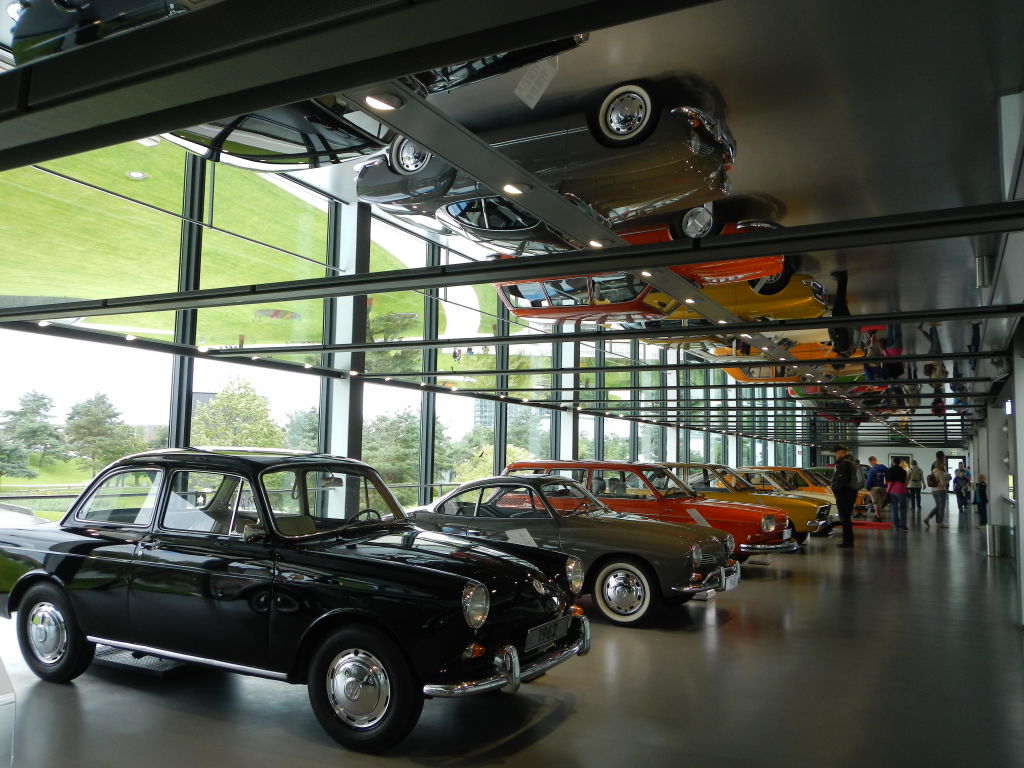
Cars waiting to be shipped to customers are stored every day in one of two 20-storey glass towers that stand above the landscape of Wolfsburg. Robotic lifts remove 500 cars a day from the very top and put them down right at the feet of waiting owners. The Autostadt is an attractive and vivid marketing tool not only for Volkswagen cars, but for all brands that are part of the car concern: Audi, Porsche, Lamborghini, Bentley, Bugatti, Ducati, SEAT, Skoda, MAN, Scania.

The company receives more than half of the revenue from the sale of premium cars. Another important source of income – trucks.
For a long time, the concern was poorly represented in this segment, selling only small commercial vehicles under the brand Volkswagen. But in 1999, after the refusal of the antimonopoly authority to approve the acquisition of Scania by its competitor Volvo Trucks, the Volkswagen Group bought out Volvo. In March 2008, with Winterkorn, the German concern bought another large shareholding and now owns 71% of Scania’s voting shares. And in 2011, Volkswagen acquired a controlling stake in another trucks manufacturer – MAN. As a result, sales of trucks now bring Volkswagen 17% of the total profit.
The most important premium brand in the Volkswagen family is Porsche. Volkswagen and Porsche have a common history: the companies were managed by competing divisions of the Porsche family. Therefore, the related merger was rather unusual. At first, Porsche tried unsuccessfully to take over the Volkswagen company that exceeded it in size. As a result of buying up shares, Porsche got debts, and it had to sell its shares to Volkswagen: 49.9% in 2009, and in 2012, having overcome various legal obstacles, Volkswagen fully consolidated the sports car manufacturer for $5.7 billion. Porsche is the jewel in the Volkswagen crown.

We tried to characterize all the historical development stages of the car concern Volkswagen. However, no matter what car you own, you can drive it only when you have a driving license. It is great, when it’s international. Its processing is quite simple, because you can do this right on our website.

Published October 05, 2018 • 12m to read




